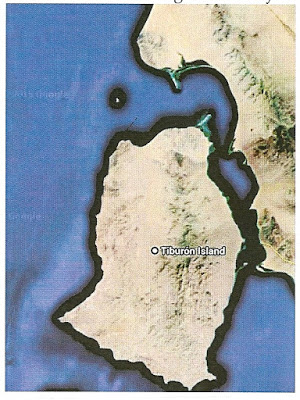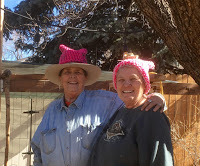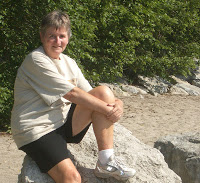I have three interpretations of “Leaving”: (a) Evaluation of Barak Obama’s presidency; Barack Obama will soon be leaving office; (b) Louis Brown leaves New York City from which he recalls another fond memory; (c) Leaving as dying: death of brother, Charles Brown.
(a) President Barack Obama: I voted for him twice. He talks like an enlightened liberal person, but, when the chips are down, he reacts like a hostile right-wing Republican. He went to Flint, Michigan, and spoke to a roomful of black students and told them, “I have your backs.” The facts do not really bear this out. His EPA knew all along that the governor of Michigan was poisoning the people of Flint but did nothing to interfere. His administration did nothing to get the governor of Michigan impeached and removed from office. Mr. Obama, like a bellicose right-wing Republican, continues to wage a perpetual war in Afghanistan, despite the widespread opposition of the American public. When Scott Walker was stripping union workers in Wisconsin of their labor rights, Mr. Obama was silent, breaking with the long history of the Democratic Party advocating for the rights of working people. Au contraire, Mr. Obama promotes TPP which is very hostile to the interests of American working people. So, despite some of his good qualities, Mr. Obama is just another failure in a long line of failed presidents.
(b) Louis Brown leaves New York City: one of my fondest memories of New York City was viewing for the past 3 years in June at the Gay Pride March the Alcazar Night Club float. This consisted of a large truck with a large dance floor platform on which around 15 very tall brawny beautiful Hispanic men, dressed up as Roman Centurions; they performed a rather wild and frenetic and yet very well-rehearsed, disco-style dance routine, accompanied by very loud disco music. The spectacular performance was not pornographic but was very suggestive and very erotic. Imagine, a loud boisterous display of male on male eroticism in public on a sundrenched day in June. I later thought that I should have videotaped the event so that, when asked why I recommend putting Classical Studies in gay and Lesbian studies curriculums, I would show these Hispanic gays evoking ancient Rome. They did a good job in expressing gay pride and making a naughty historical reference. Remember, if you want your minority group to promote a sense of community, and to empower itself, you have to learn its history – so taught Alex Haley, author of Roots. Amen.
(c) Leaving meaning dying: My brother Charles Brown died in 1999 at the age of 52. One of my friends told me he observed that my brother would stay a little too long at night at a local Irish bar in the nearby town of Flushing, New York, and would imbibe too many Martini’s, Manhattans and Bloody Mary’s. That is what killed him. Charlie Brown was thin, and soft-spoken and gay. He worked at a good job at the 42nd Street Library. He had several different boyfriends, but one long-term boyfriend, Pat Marra, was unusually good-looking. He was quite tall, had beautifully formed hands and dark wavy brown hair. He looked like a DaVinci painting. He was so beautiful he reminded me of my Italian teacher, il signor Guido, another unusually gorgeous Italian. I remember even the heterosexual male students in that Italian class were flabbergasted when they looked at him. To accentuate his good looks, he wore very expensive Italian silk suits and stylishly elegant Italian shoes. That was Italian 101. Everyone in the class was looking forward to Italian 102, but, at the end of the semester, Mr. Guido returned to Italy. Boohoo.
Two points to make, my brother Charlie died of alcohol abuse, and his boyfriend, Pat Marra, died of an illegal narcotic overdose, either heroin or cocaine, I forget which. Question, how could the gay community have intervened in their lives to prevent substance abuse? What was missing in their lives?
© 2 November 2016
About the Author
I was born in 1944, I lived most of my life in New York City, Queens County. I still commute there. I worked for many years as a Caseworker for New York City Human Resources Administration, dealing with mentally impaired clients, then as a social work Supervisor dealing with homeless PWA’s. I have an apartment in Wheat Ridge, CO. I retired in 2002. I have a few interesting stories to tell. My boyfriend Kevin lives in New York City. I graduated Queens College, CUNY, in 1967.





